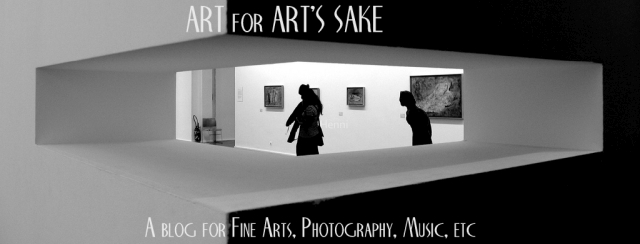Over the past 5-6 decades, album covers have become more and more
artistic, to the point where the best of them deserve a place in this
blog. They featured prominently in the past, and of course they will be
present in the new set-up. I have gone for a grouping per years of
release (covering 2-3 years per post). I will try not to include the
most famous album covers (like Sergeant Pepper, Dark Side of the Moon,
Nevermind), but focus on more obscure but very good examples. Also the
aim is no duplication of acts within one post. These posts are meant to
be illustrative only, not necessarily my personal top twelve for the
time period. The image above is created via Photofunia and is free from copyright issues.
Laughing Stock is the fifth and final studio album by English band Talk Talk. As with the previous albums (and singles) the art work is outstanding. It was once mroe designed by English visual artist James Marsh. He initially painted a cover depicting a group of threatened birds forming the shape of a larger bird in flight over a desolate landscape. However, group leader Mark Hollis later felt the artwork should feature a tree, to create a visual connection to the preceding album Spirit of Eden. The final cover featured the same birds in a spherical tree forming the shapes of the Earth's continents.
Rain Tree Crow by Rain Tree Crow (1991)
Rain Tree Crow is the sole album released by English band Rain Tree Crow, a reunion project by the members of the new wave band Japan. The atmospheric cover photograph was shot by Shinya Fujiwara.
Solace by Sarah McLachlan (1991)
Solace is the second studio album by Canadian singer-songwriter Sarah McLachlan. The art work, depicting the singer in a striking example of chiaroscuro, is credited to Kharen Hill Album photography.
Leisure by Blur (1991)
Leisure is the debut studio album by the English rock band Blur. The striking cover photograph was taken in May 1954 by Charles Hewitt, for a Picture Post fashion feature on bathing hats, "Glamour in the Swim".
Shepherd Moons by Enya (1991)
Shepherd Moons is the third studio album by Irish singer, songwriter and musician Enya. It is not difficult to make a beautiful cover when the artist is beautiful herself, but this artistic design goes a step further. Writer Molly Burke wrote about the album's artwork: "Shepherd Moons features Enya in what can only be described as an opera gown she could be twenty or forty but her delicate beauty is intact. There is a sense of timelessness here bathed in the dark but fragile blue of sorrow". The photography is credited to David Scheinmann.
Why Do Birds Sing? by Violent Femmes (1991)
Why Do Birds Sing? is the fifth studio album by Violent Femmes. The special cover was designed by Hanson Graphic.
Love Deluxe is the fourth studio album by English band Sade, named after their lead singer, Sade Adu. She is of course also the model for the album cover, with photography by Scottish fashion, celebrity and art photographer Albert Watson.
Angel Dust by Faith No More (1992)
Angel Dust is the fourth studio album by American rock band Faith No More, their best-selling album to date, having sold over 2.5 million copies worldwide. And I have no clue what it sounds like, but I like the cover, depicting a soft blue airbrushed great egret on the front cover (photographed by Werner Krutein).
Erotica by Madonna (1992)
Erotica is the fifth studio album by American singer Madonna, released simultaneously with Madonna's first book publication Sex, a coffee table book containing explicit photographs featuring the singer. Given the title and circumstances, the cover is restrained and highly artistic. Credit given to Siung Fat Tjia (art direction, design) and Steven Meisel (photography).
Ferment by Catherine Wheel (1992)
Ferment is the debut studio album by English alternative rock band Catherine Wheel. Another band and album that I have never listened to. The cover is based on a photograph by Alastair Thain.
Nurse is the first major label album released by the rock band Therapy?... and you guessed it, again no clue what it sounds like. The cover did come up in searches for the year 1992 and it is indeed an eye catching image. The design is credited to Jeremy Pearce and Simon Carrington, with photography by Andrew Catlin, who is responsible for scores of album covers.
99.9F by Suzanne Vega (1992)
99.9F° (Ninety-Nine Point Nine Fahrenheit Degrees) is the fourth album by American singer and songwriter Suzanne Vega. The design is by Jean Krikerian and Len Peltier with photography by Melodie McDaniel.
Copyright statement: posting lower quality album covers is deemed fair use.








































.jpg)









